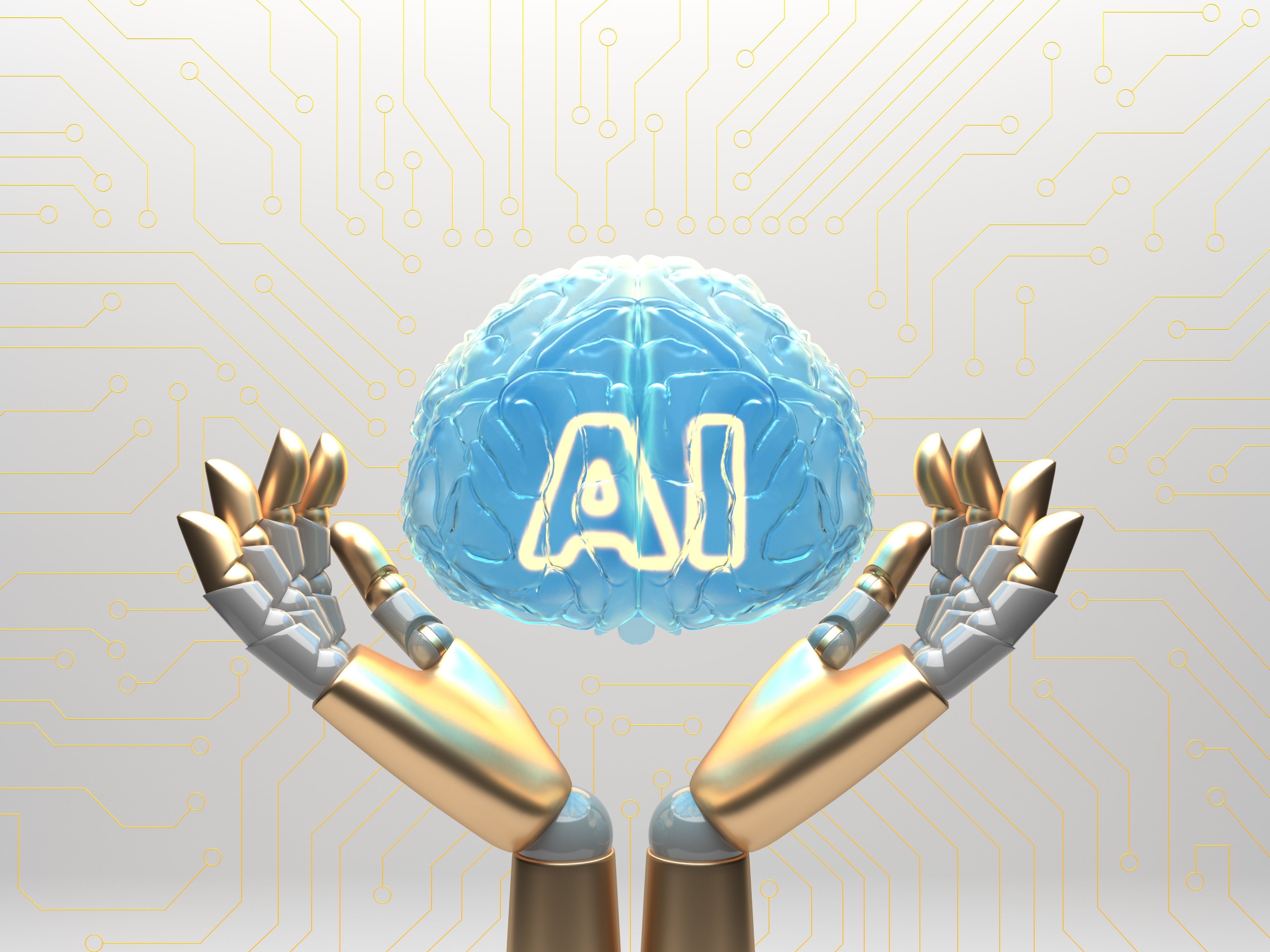What are AI Platforms and Why Do We Need Them?


AI platforms serve as the critical foundation that enables companies to harness the power of machine learning, deep learning, and natural language processing without needing to build everything from scratch.
AI assistants offer the resources, tools, and infrastructure required for effectively creating, refining, deploying, and managing AI models. They democratize access to cutting-edge AI capabilities that were previously exclusive to IT giants with limitless resources by bridging the gap between raw computational power and useful business applications.
The ideal platform choice will significantly shorten innovation cycles, lower operating expenses, and open up new growth prospects. Virtual AI assistant allow businesses to rethink their business models and generate value in previously unthinkable ways, from automated processes that remove monotonous jobs to predictive analytics that anticipate client wants.
10 Best AI Platforms for Businesses and Developers
1. Google Vertex AI
Google's dedication to making artificial intelligence usable and accessible is demonstrated by its unified AI platform. Vertex AI enables a smooth transition from experimentation to production by combining Google's machine learning tools into a single, intuitive interface.
Key Features of Vertex AI
Accelerated model deployment
AutoML capabilities
End-to-end MLOps support
Rapid implementation
Unified API
2. Microsoft Azure AI
Microsoft's Azure AI platform has evolved into a comprehensive ecosystem that seamlessly integrates with the broader Azure cloud services. This integration provides a significant advantage for organizations already invested in the Microsoft technology stack.
Key Features of Azure AI
Pre-built AI services
Enhanced customer service
Scalable machine learning
Integrated development environment
Responsible AI tools
3. Amazon SageMaker
Amazon SageMaker has transformed the machine learning development process by eliminating much of the complexity traditionally associated with building and deploying models. The platform provides fully managed infrastructure that automatically scales based on workload demands.
Key Features of SageMaker
Flexible and reliable deployment
Consistent performance
Pre-built algorithms and models
Deep AWS ecosystem integration
4. IBM Watson
IBM Watson represents one of the most mature AI development platforms in the market, with roots tracing back to its famous Jeopardy! victory in 2011. Since then, Watson has developed into a whole range of AI services intended for use in business settings.
Key Features of IBM Watson
Industry-leading natural language processing
Industry-specific solutions
Collaborative data science environment
Commitment to explainable AI
5. DataRobot
Business analysts and other professionals without extensive technical knowledge can now access advanced AI capabilities thanks to DataRobot's pioneering work in automated machine learning. Many of the more intricate parts of model construction, like as feature engineering and algorithm selection, are automated by the platform.
Key Features of DataRobot
Intuitive user interface
Automated model documentation
Focus on time-to-value
Expansion into computer vision and natural language processing

6. OpenAI API
The OpenAI API stands as one of the most transformative developments in the AI landscape, from sophisticated content creation tools to personalized AI assistant services.
Key Features of OpenAI API
Easy integration with applications
State-of-the-art natural language processing
Fine-tuning contextually aware artificial assistant experiences
Commitment to responsible deployment
Multimodal capabilities
7. H2O.ai
With more than 250,000 data scientists actively participating in its development, H2O.ai has emerged as the top open-source platform for AI and machine learning. A fairly extensive collection of tools for creating and implementing models has been created as a result of this cooperative approach.
Key Features of H2O.ai
- Automated machine learning capabilities
- Commitment to transparency
- Support for multiple programming languages
- Enterprise features and governance
8. Hugging Face
The way businesses access and implement cutting-edge natural language processing solutions has been completely transformed by Hugging Face, which has become the center for transformer-based models. Thousands of pre-trained models are available for instant deployment for a variety of text processing jobs on the platform's model hub.
Key Features of Hugging Face
- Democratizing approach to AI
- Transformers library
- Focus on reducing computational resources
- Hugging Face Spaces
9. C3 AI
C3 AI stands out as a platform built specifically for developing enterprise AI platforms at scale. Unlike more general-purpose solutions, C3 AI focuses on the unique challenges faced by large organizations implementing AI across multiple business functions.
Key Features of C3 AI
Model-driven architecture
Industry-specific solutions
Data integration capabilities
Enterprise-grade security and governance
10. NVIDIA AI Enterprise
NVIDIA has developed an AI platform tailored for applications requiring high performance by utilizing its dominance in graphics processing technology. With a focus on computer vision and other GPU-accelerated tasks, NVIDIA AI Enterprise offers the software infrastructure required to create and implement AI at scale.
Key Features of NVIDIA AI Enterprise
Optimized frameworks and tools
Industry-specific frameworks
Hybrid cloud support
Regular updates with latest research
Conclusion
When selecting an AI platform comparison, you should consider their specific needs and constraints of your business entity. Keep in mind factors such as existing technology investments, in-house expertise, specific use cases, and budget all influence which platform will deliver the greatest value.
As we look toward the future, the distinction between AI-native and traditional organizations will become increasingly apparent. Machine learning platform AI tools for developers continue to mature, the barriers to AI adoption will continue to fall. It means that the best AI platforms 2025 will be those that not only provide powerful technical capabilities but also help bridge this gap by making advanced AI accessible to organizations at every stage of their digital transformation journey.
